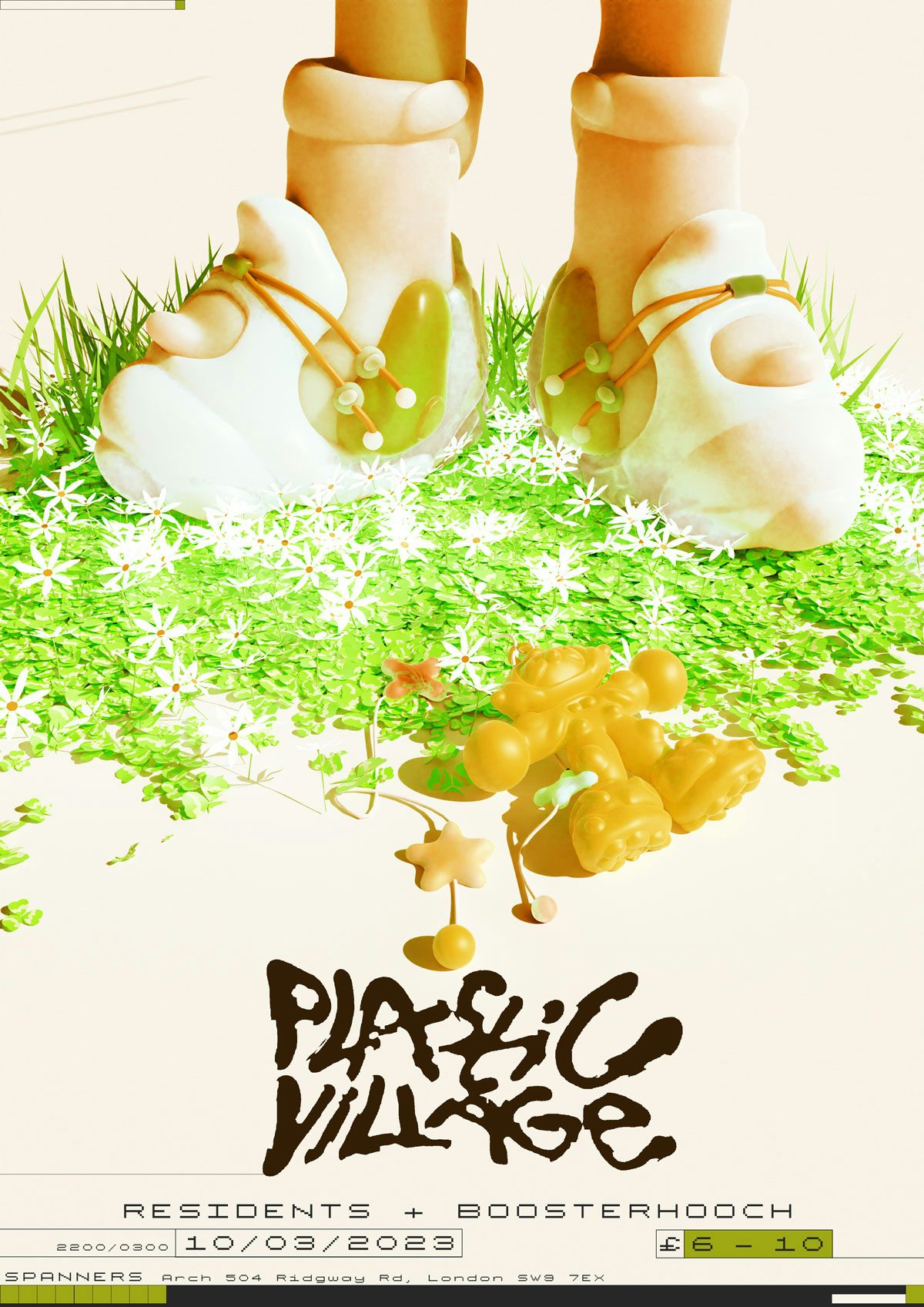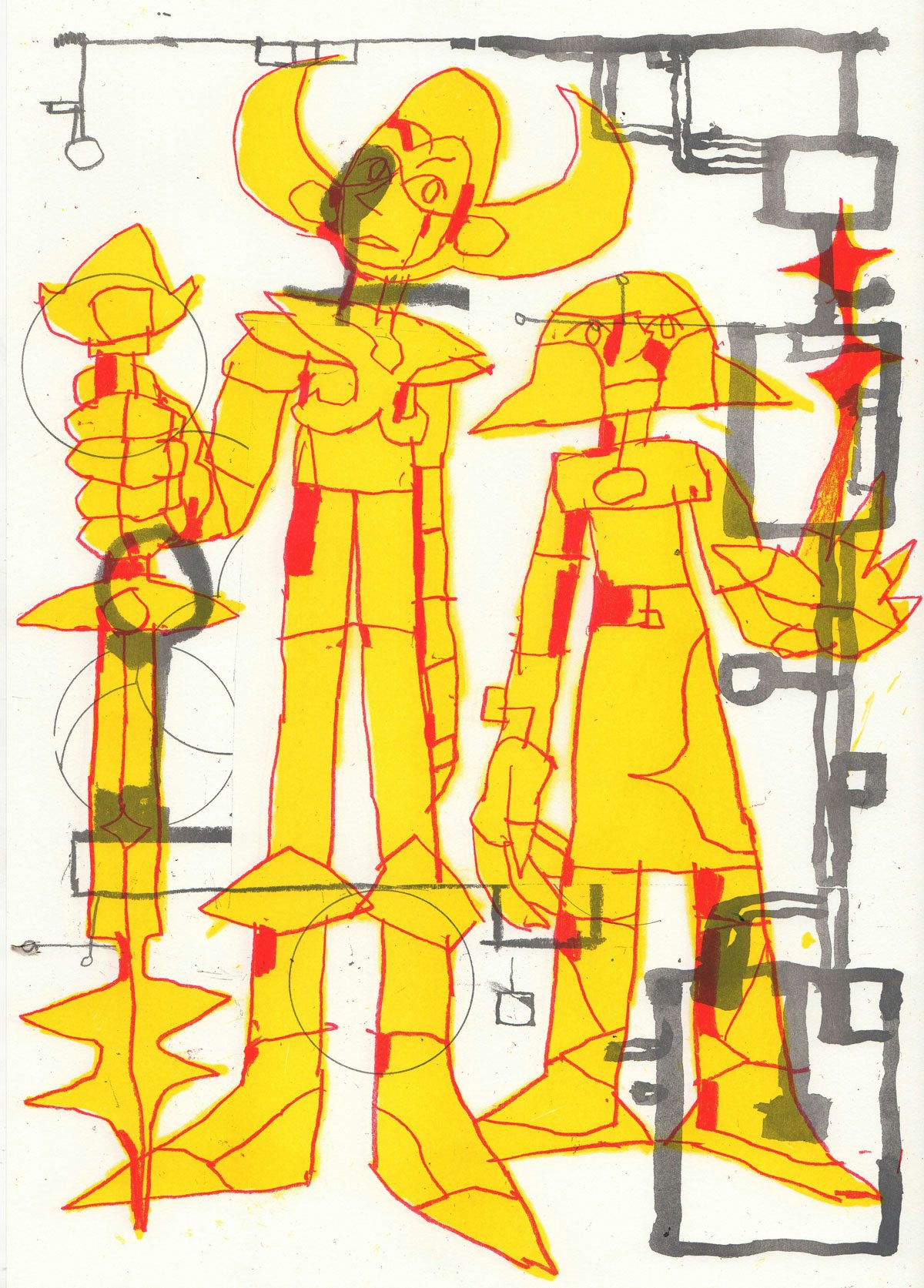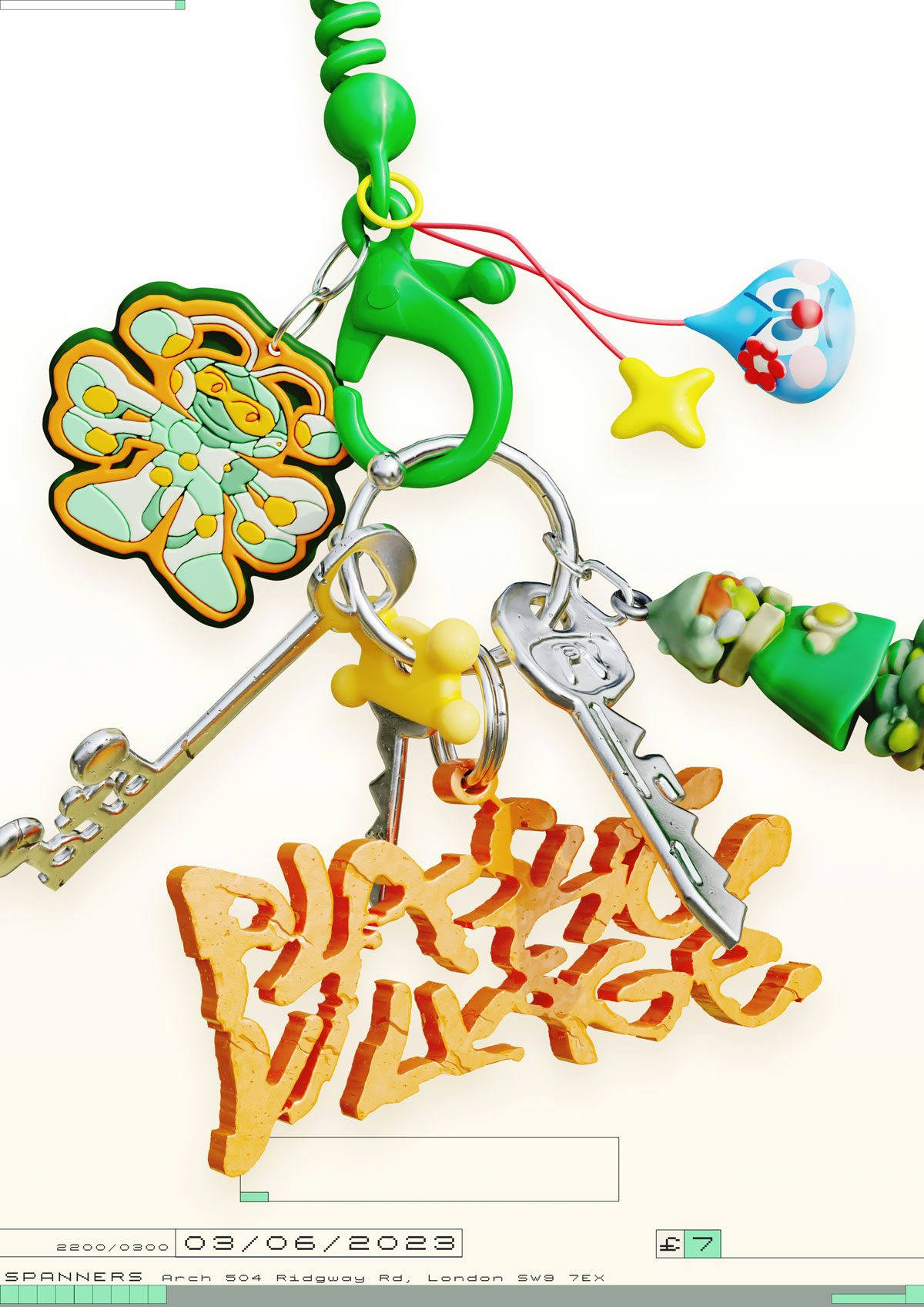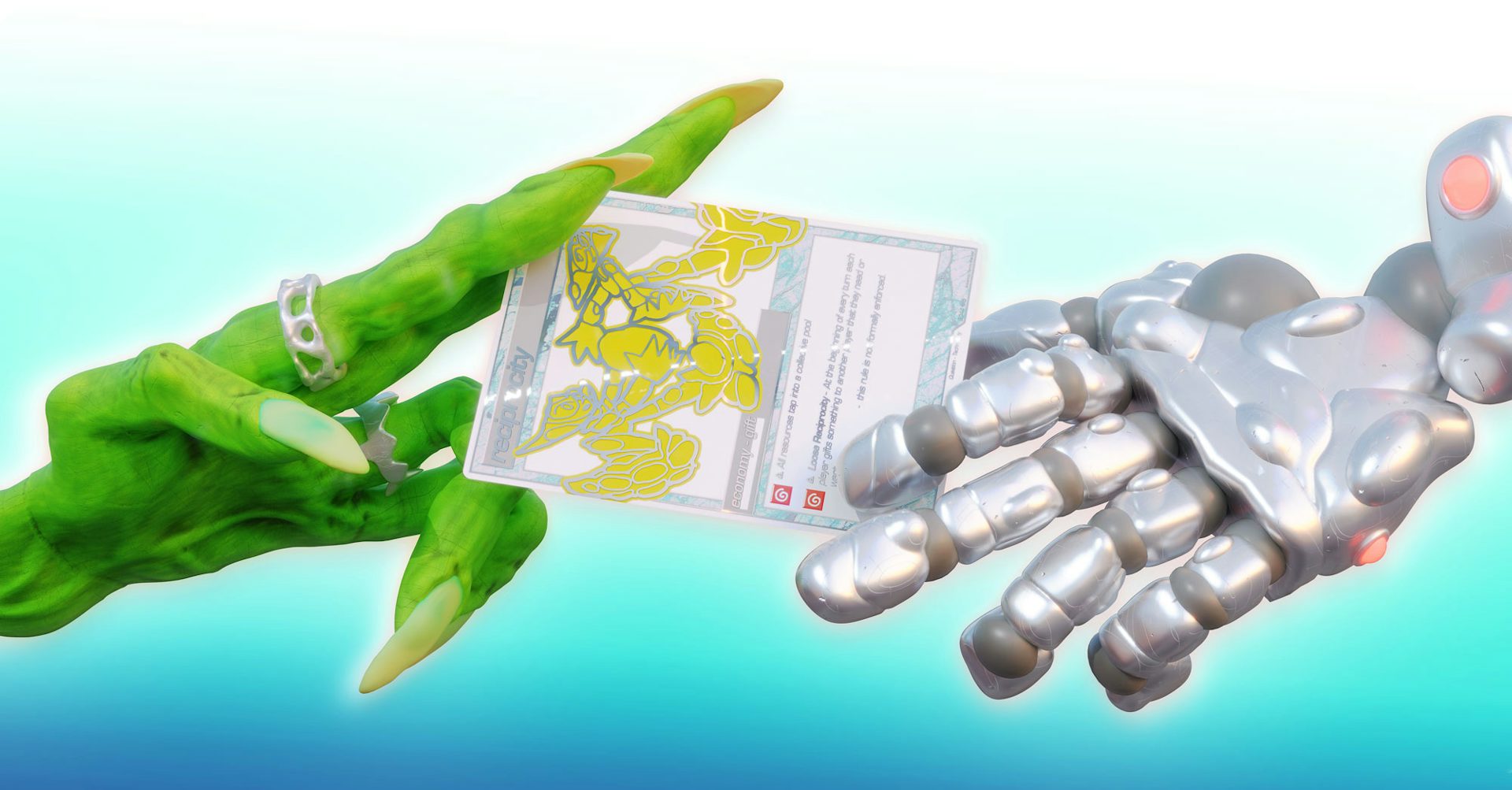Tommy Brentnall on treading his own path
The London-based illustrator, designer and DJ discusses the key inspirations behind his offbeat aesthetic, plus why he’s not interested in working with big brands
Specialising in illustration, 3D graphics and book design, Tommy Brentnall primarily works with risograph to create his charmingly chaotic characters. “I want my work to feel loose but also a little bit purposeful, trying to capture that really kinetic energy of an offhand drawing – the sweet spot where you’re just working out how to draw something so it’s still a bit wonky,” he explains.
“Mainly though, I just want people to enjoy looking at the things I draw. If I could somehow evoke the feeling in other people that I get when I look at a funny little character on a sign or in the corner of a CD, I think that would be nice.”
Creative inspiration will often strike from anywhere for the illustrator. He’s particularly into observing buildings at the moment, for instance, but notes that cartoons, anime and toys have always been his core inspirations. “I’m watching a show called Gamba, about a little mouse trying to save an island from some tyrannical weasels. It has some super A+ character design and shoehorns in some nice socialist undertones.”

Children’s books and illustrations have been an equally formative part of his own practice. “I was in Prague recently … and came across the work of Alois Mikulka for the first time while rooting around in some second-hand bookshops. I have been obsessed ever since and have been trying to embody the super-pure weirdness and joy that he seems to have been able to put into his drawings,” he adds.
Brentnall wanted to work as an illustrator ever since he was little. After graduating from the Illustration course at Camberwell College of Arts, he spent the next few years working in cafés and as a gallery assistant, and doing some teaching and workshop facilitation here and there, before pursuing his practice full-time. “I still feel very much like I’m just getting started, to be honest!” he says.


The illustrator’s background in music has also informed much of his work to date, although he admits he only really DJs and organises parties for fun these days. “It’s how I used to get most of my jobs – I made the posters for the events I was helping run as well as the artwork for my radio show. People would see them around and ask me to do theirs too!”
One of his most rewarding projects to date has been his ongoing collaboration with radical children’s group The Hundred Club, where he worked as a designer alongside the children, facilitating workshops and producing newspapers and other printed materials.

“We’ve done some really silly stuff over the last few years,” he says. “It’s been really exciting to develop some co-designing methods to actually make stuff with (rather than for) the kids at the club – a particular favourite being a scale model billboard as a prop to let the kids test out ideas for a full scale one.”
More recently, Brentnall had the opportunity to showcase his work at Lustr Festival, an annual comics and illustration festival in Prague, which he found to be a really rewarding experience. “It was exciting to talk to people who are engaging with illustration in a more considered way. The scene out there felt more concerned with making interesting images than engaging with advertising or large brands, which I liked.”


It’s no secret that illustration can be a tough place to carve out a career in nowadays. Even though he feels more established in his own practice now, Brentnall admits it can still feel like he’s jumping from job to job a lot of the time. “Often it’s the other aspects of my practice – things like graphics, artworking, teaching and community arts facilitation – that pays the bills rather than illustration,” he says.
“I rarely know what I have on more than a month in advance so I’m still perpetually expecting all of this to fall apart any moment really! That said, I’m immensely grateful to the organisations and repeat clients that get me in to work again and again.”

As for his advice to others entering the industry now, he believes it’s better to forge lasting relationships with organisations you like, respect and trust, rather than chasing big jobs and clients. “My messy little career is (maybe) a testament to the fact that you can still be an illustrator/designer/whatever without huge branding collabs and such. The best clients are always the people who actually value and are interested in what you do,” he says.
“Other than that, I just have all the usual advice. Draw lots, even when/especially when it feels really hard to, and spend more time worrying about how to make your practice interesting and exciting to you rather than worrying about how to make it look cool or palatable to others! This last point might sound counterintuitive, but it usually ends up in more interesting work.”




